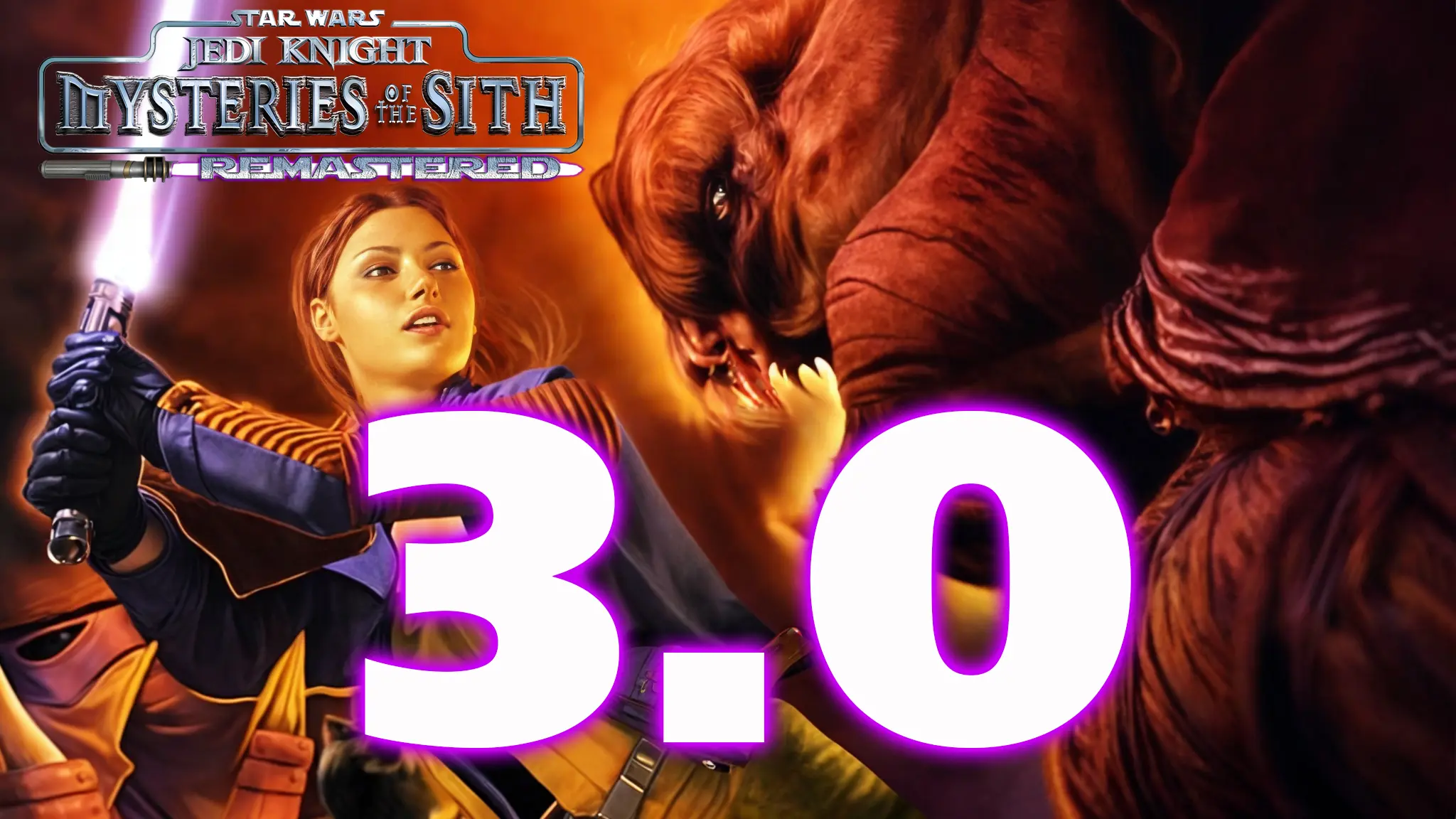It seems that the Star Wars TV galaxy is about to shrink a little, with Disney reportedly set to reduce its output of live-action series in the coming years. Since The Rise of Skywalker hit theaters in 2019, the Star Wars franchise has focused primarily on the small screen, bringing fans iconic and polarizing shows alike through Disney+. However, recent reports indicate that a shift is on the horizon, which could mean fewer Star Wars series landing in our living rooms each year. Here’s what we know so far and why this change might be happening.
A Shift in the Star Wars TV Strategy
Insider Daniel Richtman recently shared the news that Disney may be scaling back its Star Wars TV production. According to Richtman, starting in 2025, the galaxy far, far away will only deliver one live-action series per year, a significant reduction from the current two-series-per-year strategy that fans have grown accustomed to.
“I’m hearing that several series are in development, but it seems they plan to release only one live-action series per year starting in 2025,” Richtman said. This potential decrease in output has left some fans wondering what it could mean for their favorite franchise and the future of Star Wars storytelling .
Disney’s Larger Strategy: Less is More
This reported reduction in Star Wars TV shows appears to be in line with Disney’s broader strategy of cutting back on production. In July 2023, Disney CEO Bob Iger addressed the company’s new approach to managing its content output. “Yep. And pull back, not just to focus, but it’s also part of our cost containment initiative. Spending less on what we make and making less,” Iger said, hinting at the studio’s intent to be more selective in its productions across all properties.
Disney has been under financial pressure recently, like many major media companies navigating a changing landscape of streaming wars, theatrical releases, and overall production costs. The decision to scale back on Star Wars content is likely a reflection of this larger strategy. While Disney is still fully committed to Star Wars, it seems the focus will be on delivering fewer, but potentially higher-quality, shows over the next few years.
Star Wars TV Output Since 2019
Since 2019, Star Wars has been thriving on Disney+. With the end of the Skywalker saga in The Rise of Skywalker, the franchise turned its attention to live-action TV, launching shows like The Mandalorian, The Book of Boba Fett, Obi-Wan Kenobi, and Andor. These series have been instrumental in expanding the Star Wars universe, offering new stories and characters while revisiting old favorites.
In 2022 alone, Star Wars released three different live-action series on Disney+, followed by two new series in 2023. Another two are expected by the end of 2024. With this level of production, it’s no wonder that Disney might be looking to ease off the gas pedal and focus on creating more polished and refined content.
What Could This Mean for Upcoming Star Wars Series?
Despite the potential reduction in yearly series, it’s important to note that Star Wars isn’t going away anytime soon. Several series remain in development at Lucasfilm, and while the pipeline may slow, it’s not drying up entirely. Fans can expect to see more of the galaxy’s greatest stories unfold on the small screen, just at a different pace.
One of the most anticipated upcoming projects is Ahsoka, which has already captured the imagination of fans with its connection to Star Wars Rebels and its focus on one of the franchise’s most beloved characters. Similarly, The Mandalorian continues to be a major draw, with its rumored future seasons and spin-offs still generating plenty of buzz.
With the new focus on quality over quantity, these shows may see more resources dedicated to their development, potentially leading to even more immersive and visually stunning storytelling experiences.
The Costs of Production and Fan Expectations
One of the key drivers behind this change is likely the high cost of producing live-action Star Wars content. These shows, set in a galaxy far, far away, are notorious for their elaborate special effects, grand sets, and extensive visual effects work. With every laser blast, alien world, and space battle, the budget goes up.
While fans may love the idea of having a new Star Wars series every few months, the reality is that this level of production comes at a steep price. By scaling back to one series per year, Disney could allocate more resources to ensuring that each show maintains the high standards expected by fans. At the same time, this strategy could help prevent Star Wars burnout, keeping the excitement alive by making each new release feel like an event.
Final Thoughts: The Future of Star Wars TV
As Star Wars heads into this new phase of TV production, fans can rest assured that the franchise is still strong. Even with a reduction in live-action series per year, the galaxy far, far away isn’t going anywhere. Instead, this change may represent a shift towards more focused, higher-quality storytelling, ensuring that each new series feels meaningful and engaging.
In a media landscape where content is constantly evolving, Star Wars remains a fan-favorite, and its place in pop culture is as strong as ever. Whether it’s fewer shows, tighter budgets, or grander ambitions, Star Wars will continue to transport fans to a universe filled with adventure, heroes, and, of course, the eternal struggle between the light and dark sides of the Force.
For more insights into Star Wars’ TV future, check out the full report here.










